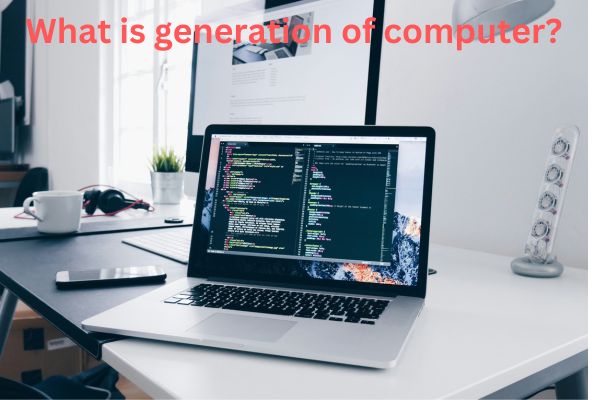
What-is-generation-of-computer
What is generation of computer?with summary
What is generation of computer?with summary:- Hello friends welcomen to yourstudynotes.com I hope that you all will like today’s topic, what is generation of computer. I hope that you will like this post, so keep visiting our website yourstudynotes.com for such technical information.
Generation of computer
The evolution of computers is typically divided into five distinct generations, each marked by significant technological advancements. Here’s a brief and detailed explanation of each:
First Generation (1940–1956) – Vacuum Tubes
Technology: The first-generation computers used vacuum tubes for circuitry and magnetic drums for memory. These machines were enormous, consumed a lot of power, and were prone to frequent malfunctions due to heat generation.
Characteristics:–
- Input/Output: Punched cards and paper tape were used for input and printouts.
- Programming Language: Machine language (binary) was used to perform operations.
Example: ENIAC (Electronic Numerical Integrator and Computer) was the first general-purpose computer, built in 1945. It could solve complex calculations but required rewiring for every new task.
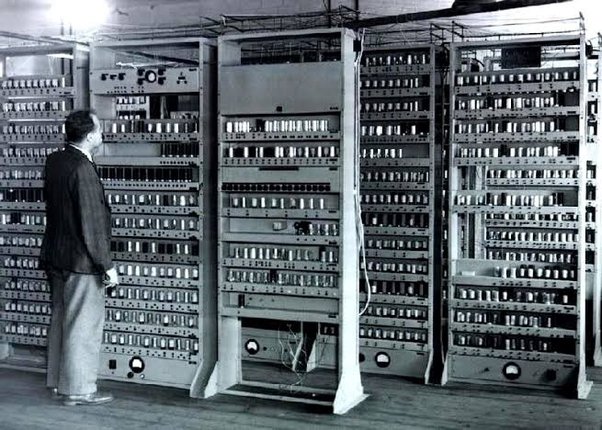
Second Generation (1956–1963) – Transistors
Technology: The invention of the transistor in 1947 revolutionized the computer world. Transistors replaced vacuum tubes, making computers smaller, faster, cheaper, and more energy-efficient.
Characteristics:
- Input/Output: Punched cards continued to be used, but magnetic tape became more common for data storage.
- Programming Language: Assembly language and early high-level languages like COBOL and FORTRAN came into use.
Example: IBM 1401 is a popular example of a second-generation computer. It was smaller and more reliable than its predecessors and widely used in business applications.
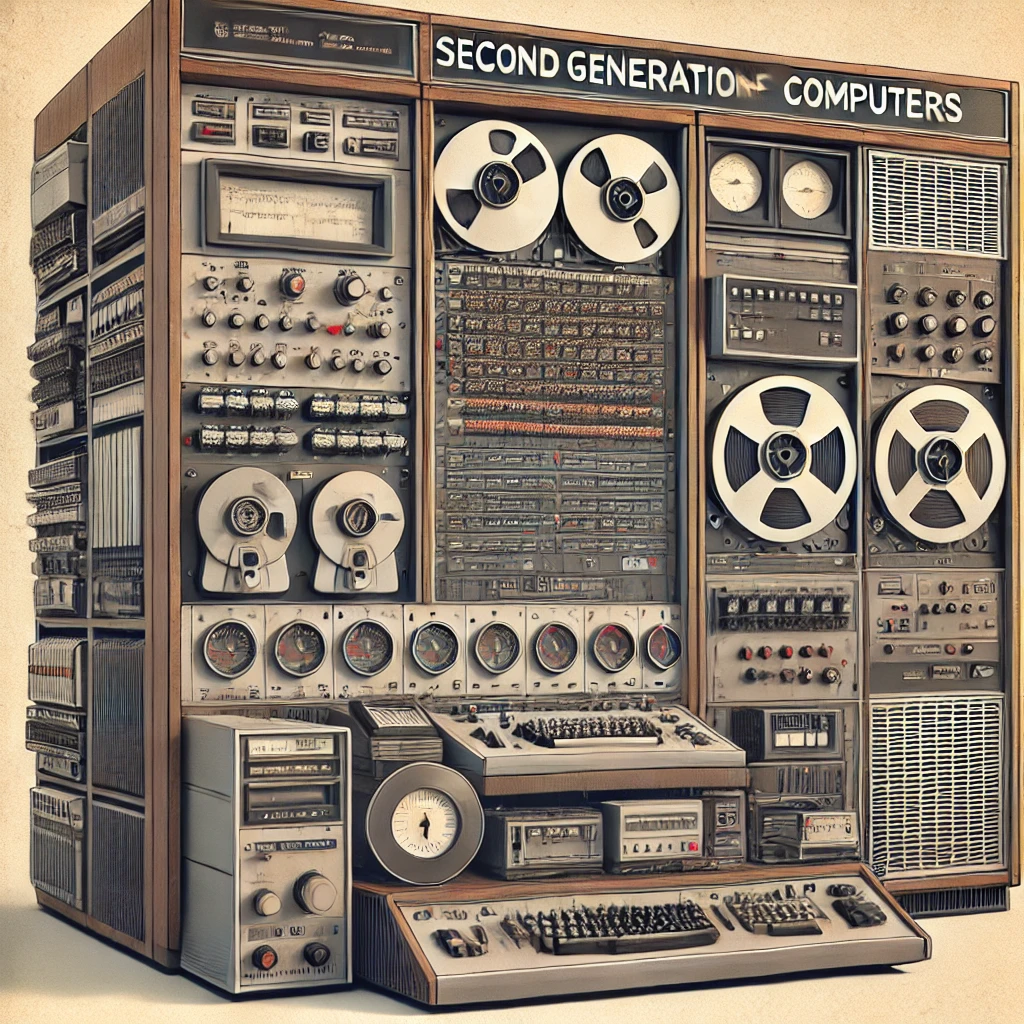
Third Generation (1964–1971) – Integrated Circuits
Technology: The development of integrated circuits (ICs), which packed numerous transistors on a single silicon chip, marked the beginning of the third generation. This allowed further miniaturization and improved the efficiency of computers.
Characteristics:
- Input/Output: Keyboards and monitors replaced punched cards.
- Programming Language: High-level languages like C and operating systems like UNIX emerged.
Example: IBM 360 series is an example, offering both scientific and business applications. It was one of the first computers to use an operating system that could run multiple tasks simultaneously.
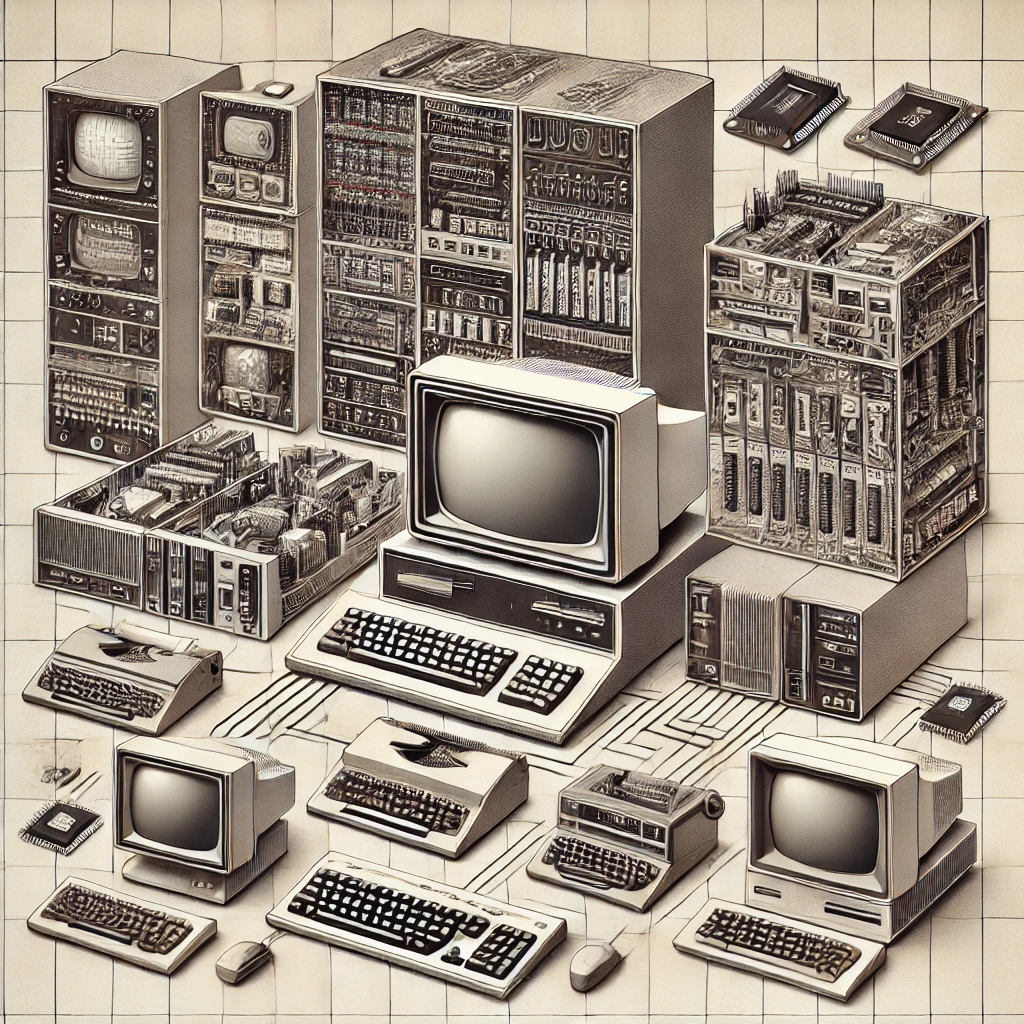
Fourth Generation (1971–Present) – Microprocessors
Technology: The invention of the microprocessor, which integrated all the functions of the CPU onto a single chip, led to the creation of personal computers (PCs). This generation saw a drastic improvement in computing power and size reduction.
Characteristics:
- Input/Output: Keyboards, mice, monitors, and later, graphical user interfaces (GUIs) became standard.
- Programming Language: High-level languages like C++, Java, and Python emerged, enabling more complex and versatile software development.
Example: The Intel 4004 microprocessor, introduced in 1971, was the first of its kind. Apple I and IBM PC revolutionized the personal computer market in the 1980s.
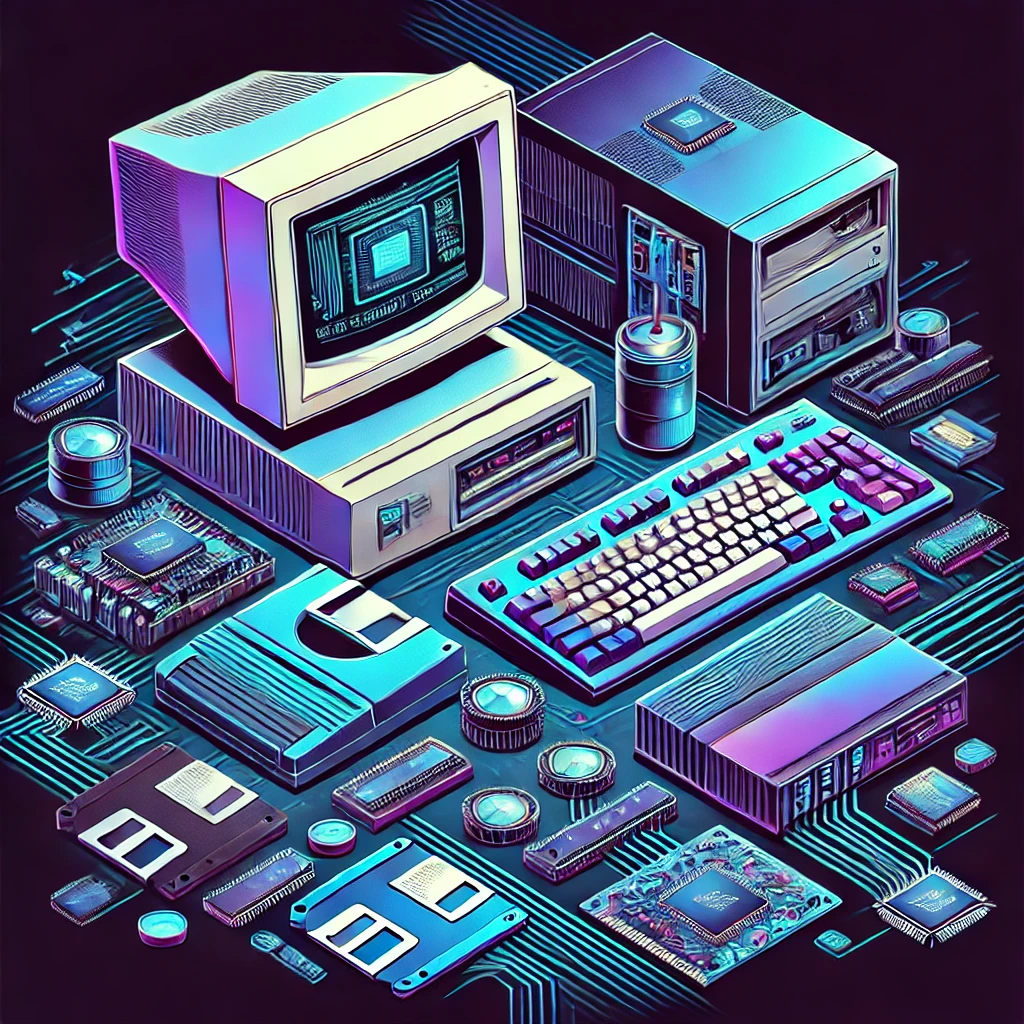
Fifth Generation (Present and Beyond) – Artificial Intelligence (AI)
Technology: Fifth-generation computing focuses on AI and the integration of human-like processing capabilities. This includes technologies like machine learning, natural language processing (NLP), and quantum computing. Computers now can process massive amounts of data, make decisions, and learn from experience.
Characteristics:
- Input/Output: Voice and gesture recognition are now commonplace, and computers are capable of interacting in natural language.
- Programming Language: Languages like Python and frameworks like TensorFlow and PyTorch are used for AI and machine learning tasks.
Example: IBM Watson and Google DeepMind are examples of AI systems that can perform advanced tasks like understanding natural language and defeating human champions in complex games like chess and Go.
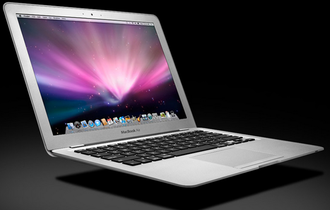
Summary of Generations:
- First Generation: Vacuum tubes, slow, large, ENIAC.
- Second Generation: Transistors, smaller, COBOL, FORTRAN.
- Third Generation: Integrated circuits, faster, UNIX.
- Fourth Generation: Microprocessors, personal computers, GUI.
- Fifth Generation: AI, quantum computing, natural language processing, IBM Watson.
Each generation represents a leap in computing power, size reduction, and ease of use, bringing us closer to more intelligent, autonomous systems.



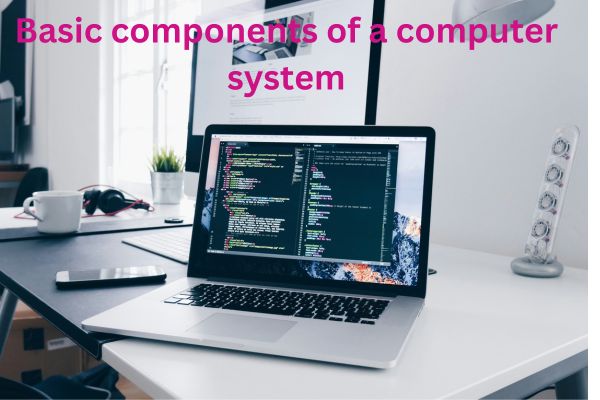
Thanks! I’ve been searching for information on this topic, and your blog is the best I’ve come across. I’m looking forward to more posts from you.
The quality of your work here is outstanding. The design and writing style are both impressive. There’s a unique flair in your approach, and I’ll definitely return to see what else you have to offer.
I couldn’t leave without mentioning how much I enjoyed your content. I’ll be back to check out your new posts regularly. Keep up the awesome work!
Your blog is a constant source of inspiration for me. Your passion for your subject matter shines through in every post, and it’s clear that you genuinely care about making a positive impact on your readers.